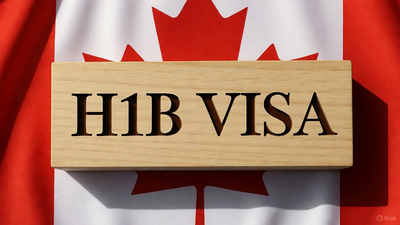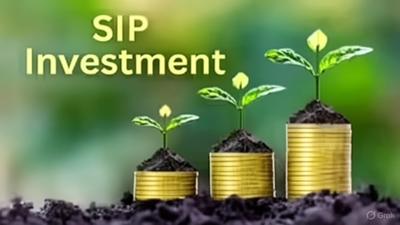GST reforms benefitted sector indirectly: Campari

 “A key foundation for these gains was laid last year, when extra neutral alcohol (ENA) used for potable spirits was excluded from GST with effect from Nov 1, 2024, preventing federal levies from being stranded as costs and directly addressing ‘tax-on-tax’ concerns, since state duties are computed on a base that otherwise included federal taxes.
“A key foundation for these gains was laid last year, when extra neutral alcohol (ENA) used for potable spirits was excluded from GST with effect from Nov 1, 2024, preventing federal levies from being stranded as costs and directly addressing ‘tax-on-tax’ concerns, since state duties are computed on a base that otherwise included federal taxes.
From a supply chain perspective, GST 2.0 reduces ambiguity on service rates, particularly transport and multimodal, while last year’s ENA decision removed a structural distortion. Together, they free up working capital and create a more predictable compliance environment,” Misra said.Misra does not see tariff cuts post free trade agreements (FTA) “flooding” the Indian market.
“Supply is structurally paced by scotch’s minimum three-year maturation cycle and allocations across over 180 global markets.
What we are more likely to see is steady premiumisation and a clearer value ladder, not sudden distortion,” he said.With alcohol being a state subject, the VAT/excise structures are determined locally and evolve independently of GST.
“Recent developments have been mixed.
For instance, Maharashtra raised VAT on liquor to 10% and increased certain fees for FY26, while other states are reviewing frameworks to curb cascading and cross-border arbitrage alongside GST 2.0.
Any reductions, where they occur, remain jurisdiction-specific and subject to state notifications. Where downward calibrations are introduced, they are welcome for both consumer protection and compliance predictability.”So, overall what has changed for the ecosystem post the GST reforms and FTA?
“For consumers, there is a more transparent tax stack on upstream services and a tariff glide path that broadens access to global styles at rational price points – without incentivising excess consumption..
For the value chain, there is lower cascading and clarified logistics/job-work rates (like 5% GST with conditions on key transport modes) meaning cleaner billing, reduced frictional costs, and more efficient operations. And for ‘make in India,’ qualifying bulk under FTAs and permitted blending elevates domestic quality and strengthens premium IMFL offerings, bridging to bottled-in-origin,” he said.



